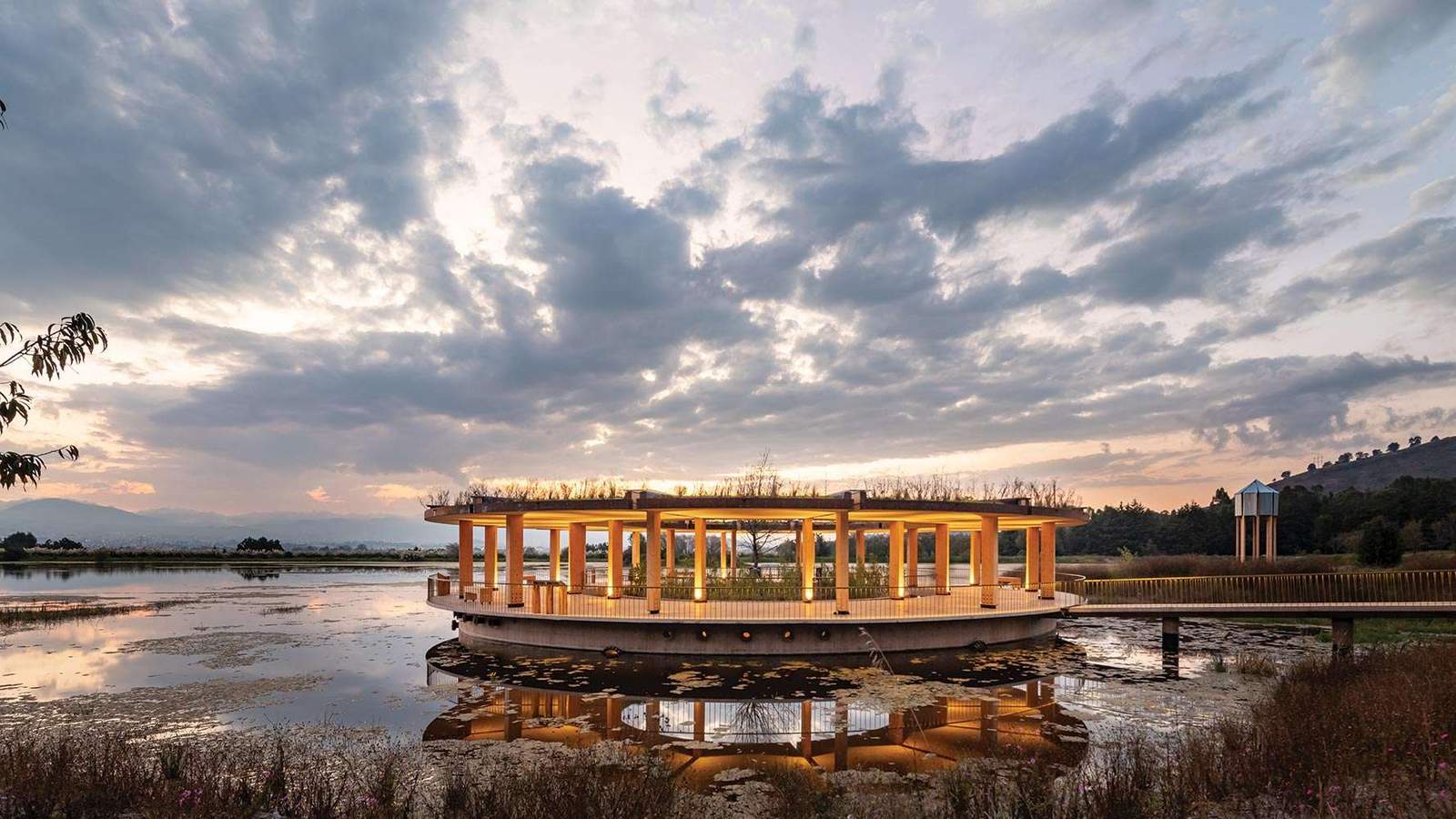Hyungi Park
Hyungi Park grew up with an affinity for the digital space—from computer programming lessons with her mother at age 10 to crafting Powerpoints for school book reports. She took her interest in computers and design and decided to pursue sculpture at VCU Arts, which is where her story of incense and craft making began to bloom.
What started with incense in performances and installations grew into a deep curiosity about its origins. She began shaping incense into flowers or braided sticks, twists on traditional cone incense. “I’m creating my own fusion of traditional-modern-American-Korean-abstract-Frankensteined,” she says.
While developing her work, Hyungi also became fascinated by the ways in which different Asian cultures applied incense—particularly citing how geisha used the burning of incense to indicate the cost of their entertainment and how Chinese working-class families let it be their version of an alarm clock. In a way, incense was a conduit for education, and Hyungi has taken that mode of learning a step further by opening the Baboshop storefront in Los Angeles. The space has become a hub for emerging craftspeople, with workshops that cover some of Hyungi’s latest self-taught forms—which now extend to bookbinding, laser-cutting, and tattooing.
Amy Yip
You likely recognize Amy Yip’s cakes from her ever-so-circulated Instagram page, @yip.studio. Between mossy, rocklike green works and lumpy pieces covered in strawberries and bright reds, Amy has created a name for herself when it comes to aesthetically pleasing baking. The New Zealand native comes from baker parents and actually avoided the career path at first, having seen all the physical labor that went into her family’s business. She started off in art school and then worked as a textile designer for six years; but when she eventually “discovered a way of connecting [art and baking],” Amy became fascinated.
Nearly two years later, Amy began her practice. The rock geometry of her cakes is quite intentional, derived from her mom’s enthusiasm for crystals; she also often takes inspiration from the florals present at events where she is the pastry partner. The design of Amy’s cakes is just the start, as the flavor profiles span yuzu shiso, oolong rose and lychee, brown butter and Japanese sweet potato, and more. “I always wanted Asian-inspired cakes for my birthday, [but] it was always hard to find those cakes and textures,” she says.
Not only does Amy’s studio tout the flavoring of her heritage, but Amy shares that she intentionally used her surname for the business. While she was growing up, her parents chose to name their own business after a New Zealand local; in the mid-’90s, she wasn’t as proud or vocal about her identity as 66% Chinese and 33% Vietnamese. “I wanted a different surname, like Smith—I wanted to blend in,” she says. Now, she is happy “to take something that I was embarrassed of and show how proud I am.”

